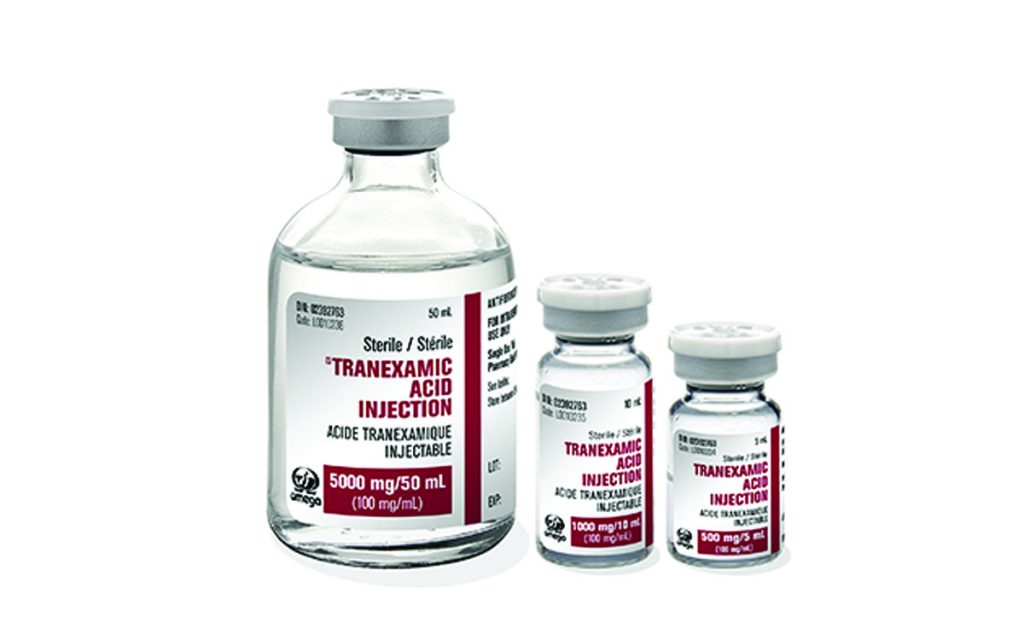I previously published a series on the concept of scoop and run vs stay and play. For those new to the concept, it involves decision-making by prehospital providers to throw the patient into the ambulance and book it to the trauma center, or perform potentially life-saving interventions on scene first.
I’m going to repost the series first to give you a historical perspective on this idea. Then I’ll finish up with the results of a recent multi-center trial conducted by EAST to provide the finishing touch.
For trauma patients time is the enemy and there are two different flavors of scoop and run vs stay and play. The more commonly understood one has to do with treating on scene (or not) before going to a high level (I or II) trauma center. The other flavor that rural prehospital providers face is, do I take the patient to a nearby hospital that is not a high level trauma center (III or IV) to stay and play, or do I scoop and run to the nearest Level I or II center which may be farther away?
Here are the factoids:
- Admissions to a group of 8 trauma centers were analyzed over a 3 year period, and included a total of 1112 patients
- A total of 76% were taken directly to a Level I trauma center (scoop and run, 76%); 24% were transferred to the trauma center from another hospital (stay and play?).
- Patients who were taken to a non-trauma center first received 3 times more IV crystalloid, 12 times more blood, and were nearly 4 times more likely to die!
Obviously, the cause of this increased mortality cannot be determined from the data. The authors speculated that patients may undergo more aggressive resuscitation with crystalloid and blood at the outside hospital making them look better than they really are, and then they die. Alternatively, they may have been under-resuscitated at the outside hospital, making it more difficult to ensure survival at the trauma center.
Bottom line: This is an interesting paper, but it’s kind of a mutant. When I think about the true stay and play concent, I’m really thinking about delays going to a high-level trauma center, not a lower level trauma hospital first! And the authors never really define a “nontrauma hospital.” Does a Level III or IV center count? How did patients who stayed at the outside hospital do?
Obviously, a lot of work needs to be done to add detail to this particular paper. In my next post, I’ll look at this concept as it applies to patients with penetrating injury.
Reference: Scoop and run to the trauma center or stay and play at the local hospital: hospital transfer’s effect on mortality. J Trauma 69(3):595-601, 2010.

